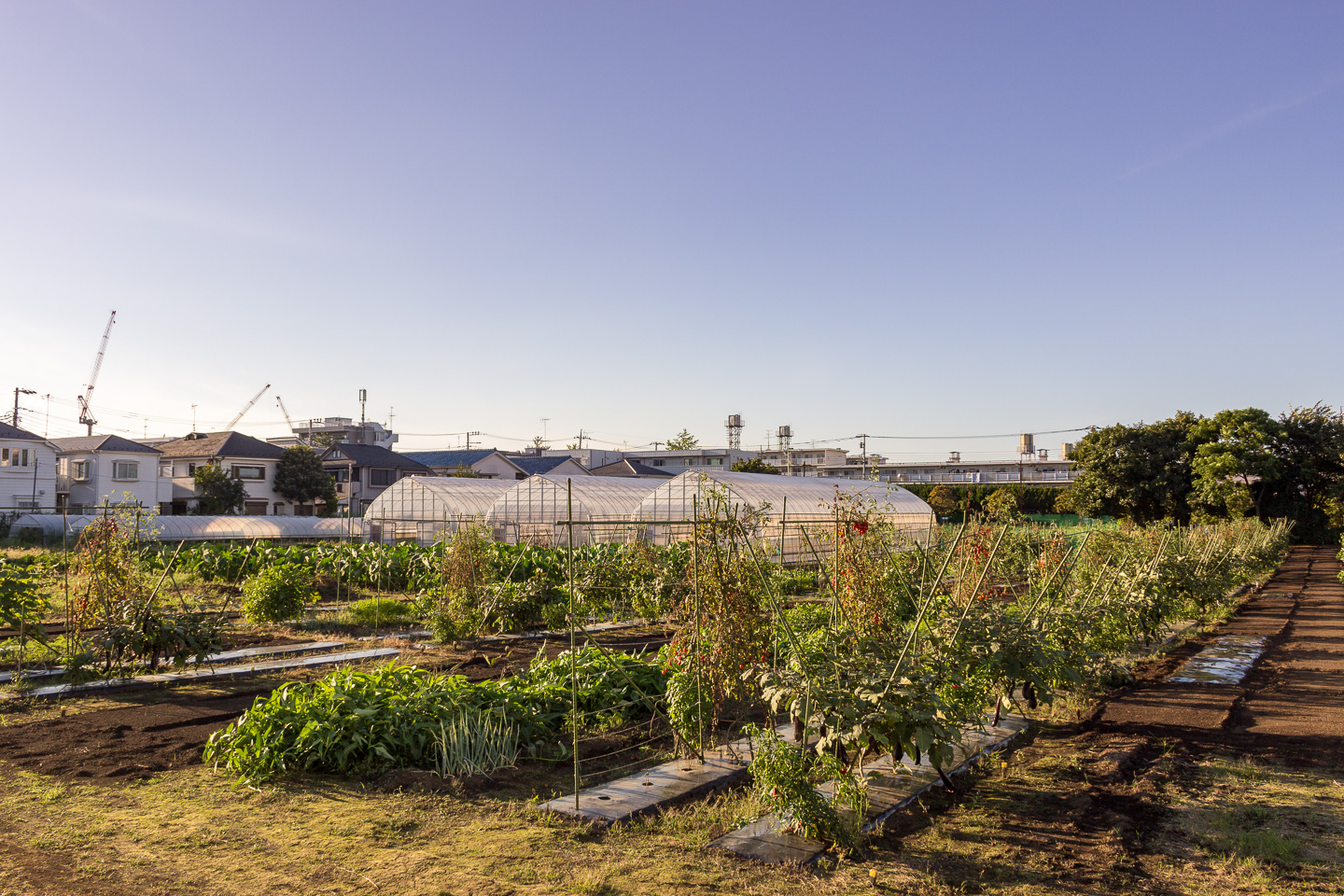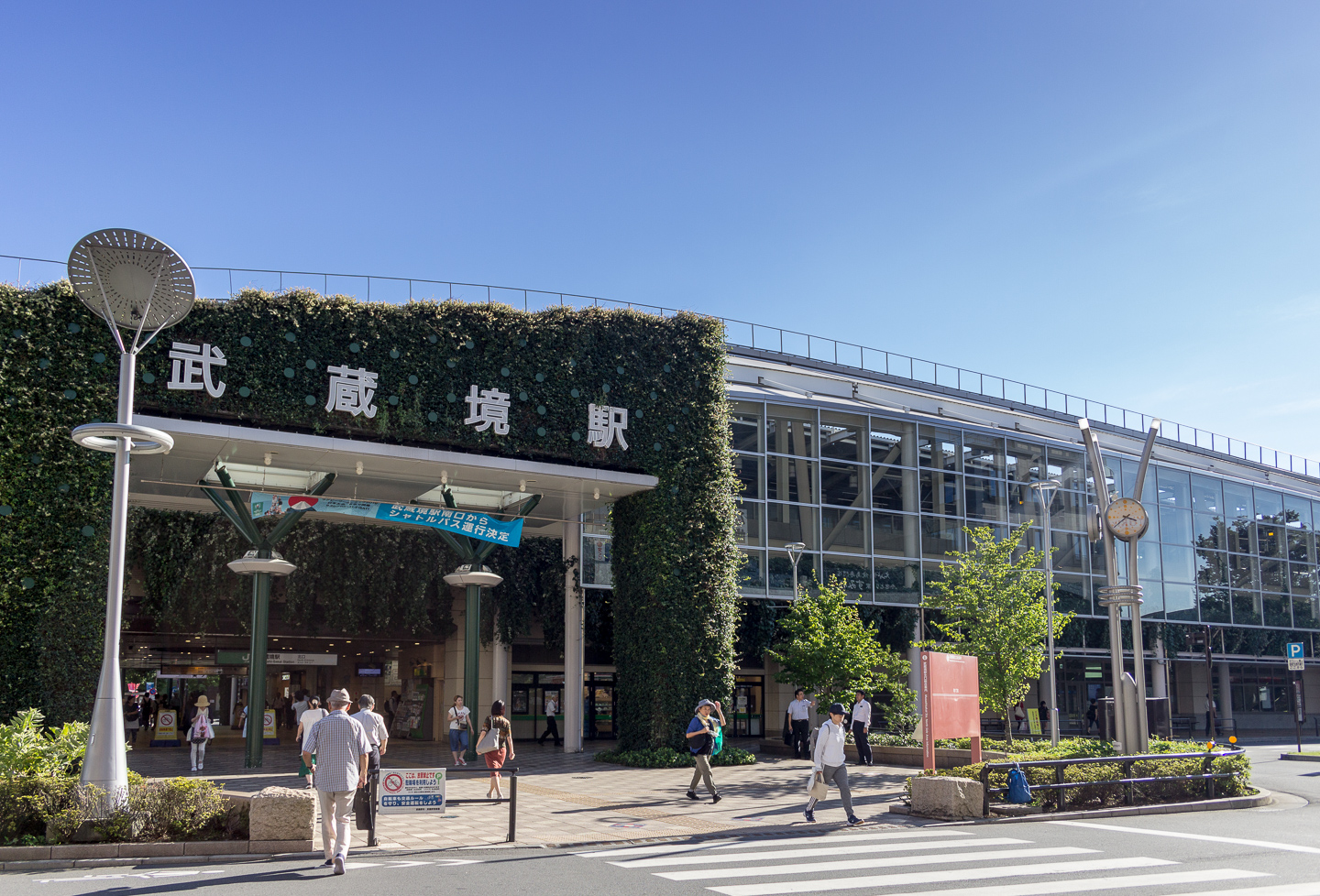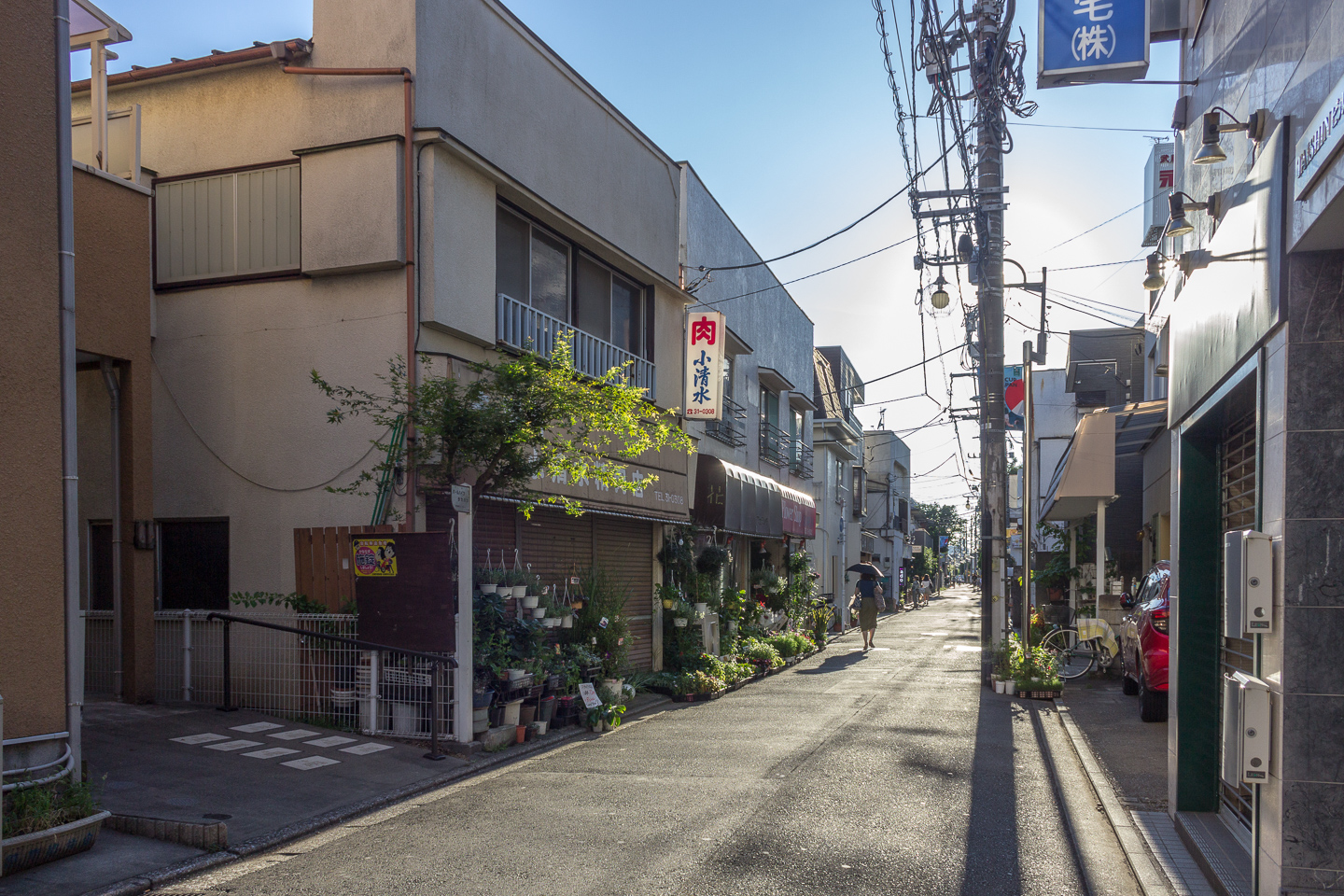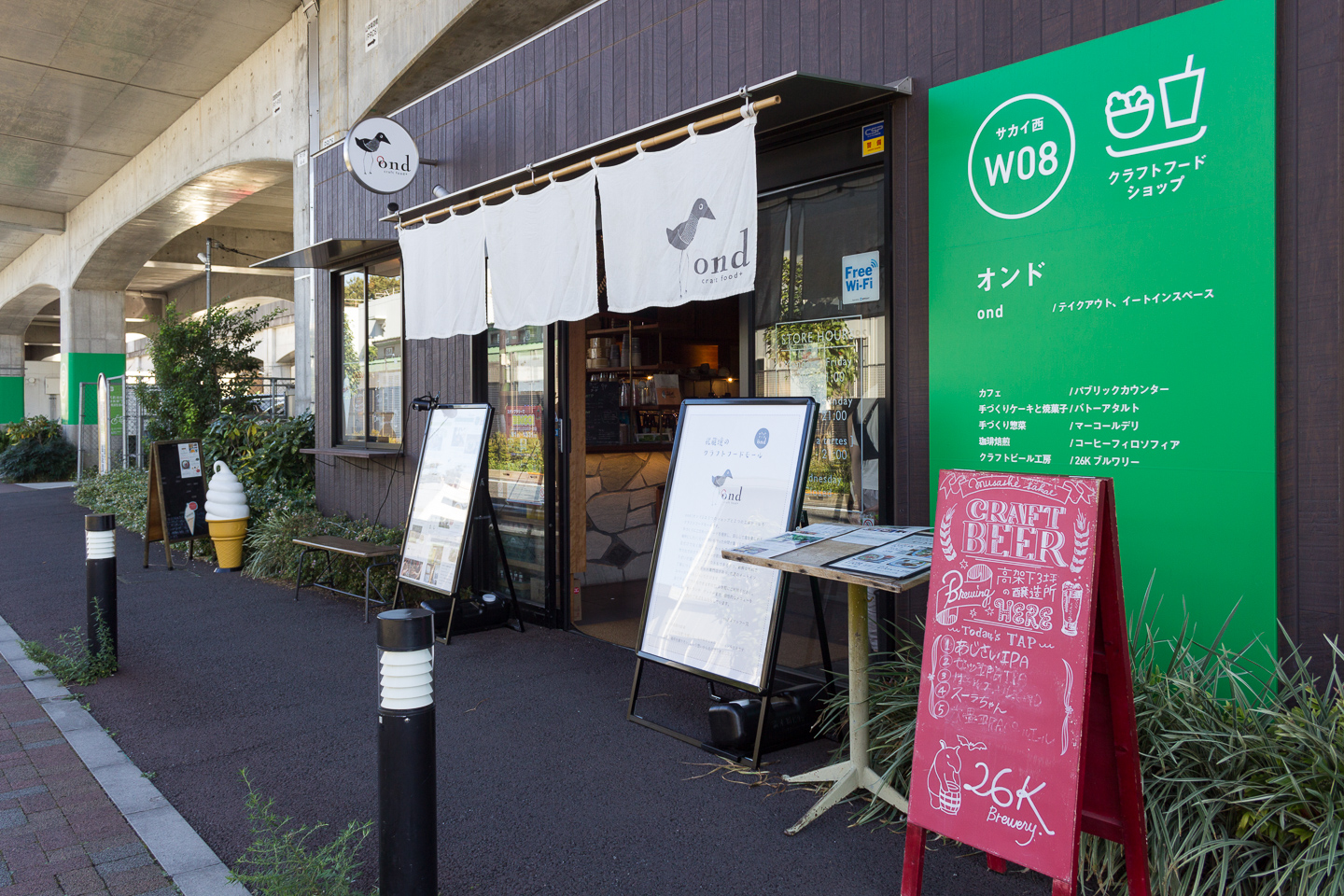Details
- Highlights
- -- As a bedroom community, the area has a calm and almost tranquil atmosphere.
-- There are still local community farms where produce is grown, so you can get fresh, locally grown fruits and vegetables depending on the season!
-- Musashino Place is a great way to combine a library, cafe, and community center in a convenient building adjacent to the station. - Trainline(s)
- Musashi-Sakai Station is located on the JR Chuo Line (Rapid) and the Seibu-Tamagawa Line.
- Access
- From Higashi-Koganei Station on the JR Chuo Line (Rapid) and JR Chuo-Sobu Line (Local):
-- 23-min direct to Shinjuku Station
-- 33-min direct to Tokyo Station
-- 31-min to Shibuya Station (1 transfer)

Contents
Musashi-Sakai at a glance

While Tokyoites might have heard of Musashi-Sakai Station since it’s on the beloved Chuo Line, there really isn’t too much to draw crowds of people compared to other stations in Musashino City like Mitaka and Kichijoji. The fact that there tend to be fewer crowds in this area is worth considering when you’re looking for somewhere to call home in Tokyo. You can get a sense of the difference in scale by taking a look at the data of boarding passengers at each station.
| Station | Number of boarding passengers per day | JR East Busiest Station Rank |
| Kichijoji | 143,685 | 22 |
| Mitaka | 98,707 | 43 |
| Musashi-Sakai | 68,985 | 67 |
Source: JR East Passenger Boarding by Station (External link, in Japanese)

Transportation
The JR Chuo Line gives you a direct line straight to Shinjuku and Tokyo, making it a very convenient path to getting into downtown Tokyo. As a bonus, Musashi-Sakai Station is a terminal station for the Seibu-Tamagawa Line, giving you a little more mobility towards the south.
Similar to other nearby Chuo Line stations (Higashi-Koganei, Mitaka, Kichijoji), you’ll probably have to use busses if you’re trying to travel north on public transportation. Otherwise, you’d have to make a transfer around Kokubunji, which can be a bit out of the way.

Rent
Rent for apartments around this area tends to follow the rule of thumb that the further west from Shinjuku, the cheaper the rent will be. As such, you’ll find that the rent is (in general) cheaper than Mitaka, but slightly more expensive than Higashi-Koganei.
- Studio/1K/1DK ¥68,900/month (About $650 assuming an exchange rate of ¥106/US dollar)
- 1LDK/2K/2DK ¥107,300 (About $1,000)
- 2LDK/3K/3DK ¥159,900 (About $1,500)
Of course, these are averages so it is possible to find cheaper listings (most likely those farther away from the station, or in older buildings, etc.) if affordability is your main concern. For a better idea of currently available properties in the area, check out listings here: Musashi Sakai Aapartments.
For example, rent for 1K apartments around Mitaka Station starts at around ¥58,000 per month.

Apartments for rent in the Musashi-Sakai area
- Musashi-Sakai Station apartments
- Higashi-Koganei apartments
- Shin-Koganei Station apartments
- Mitaka Station apartments
- Tanashi Station apartments
Ease of living

As far as livability goes, Musashi-Sakai offers a comfortable balance between city and suburban life – although truth be told, it will probably be more appealing to those who enjoy a quieter, calmer lifestyle.
Close to the station you’ll find Seijo Ishi, Gyomu Supermarket, and Ito Yokado locations so you’ll have a good selection of stores to do your grocery shopping. There is a Gourmet City (グルメシティ) just 4 minutes to the south-west of the station that’s open 24-hours.
To the north of the station is Skip Dori, a shopping arcade lined with different stores and restaurants. Smaller compared to the vast stretches of businesses in Kichijoji, this still offers plenty of convenience and opportunity for window shopping.
8k shared kitchen is a cool community space for those who want are culinarily inclined. Or if you are interested in purchasing what locals are cooking up. But it’s not open everyday, so you’ll have to check the schedule to see when to stop by.

Surprisingly, there’s actually a variety of restaurants and bars near the station. In addition to fast food chains (both western and Japanese), you’ll also see place like Cocktail Hamburgers, Matsusen (soba), and Wine Bar Byblos.

Right next to the station is Musashino Place which is a community center comprising a library, multipurpose conference room, and cafe. You can drop by to get a sense of what’s going on in the area and find new community activities.

Even in the city, it’s a good idea to teach children how food is farmed and produced – in Musashi-Sakai you have a great opportunity with the Agriculture Fureai Park. Here you and your children can get a first-hand experience in gardening and cultivating vegetables!
Everyone has their own way to destress after a long week at work; some people sing their hearts out at karaoke, others might choose to visit an izakaya and vent their troubles. Another method for unwinding is heading to the batting cages and swinging for the fences. The nearby Ito Batting Center (and driving range) is another part of Musashi-Sakai that could be a boon for those looking to move to Tokyo.
Who is this area ideal for?

All things considered, most people would probably consider Musashi-Sakai a family-friendly residential area. But, due to the good variety of restaurants and shops, it also makes for a very livable area for singles. There’s a good selection of shopping for groceries and daily necessities around the station, and plenty of restaurants as well if you want to explore your neighborhood. If the commute to your work/school isn’t too long, this is a great option for those looking for an apartment in Tokyo. The one caveat being that if you do prefer a more lively, energetic living environment you might feel more at home in an area like Nakano.
Lead photo: Scott Kouchi








